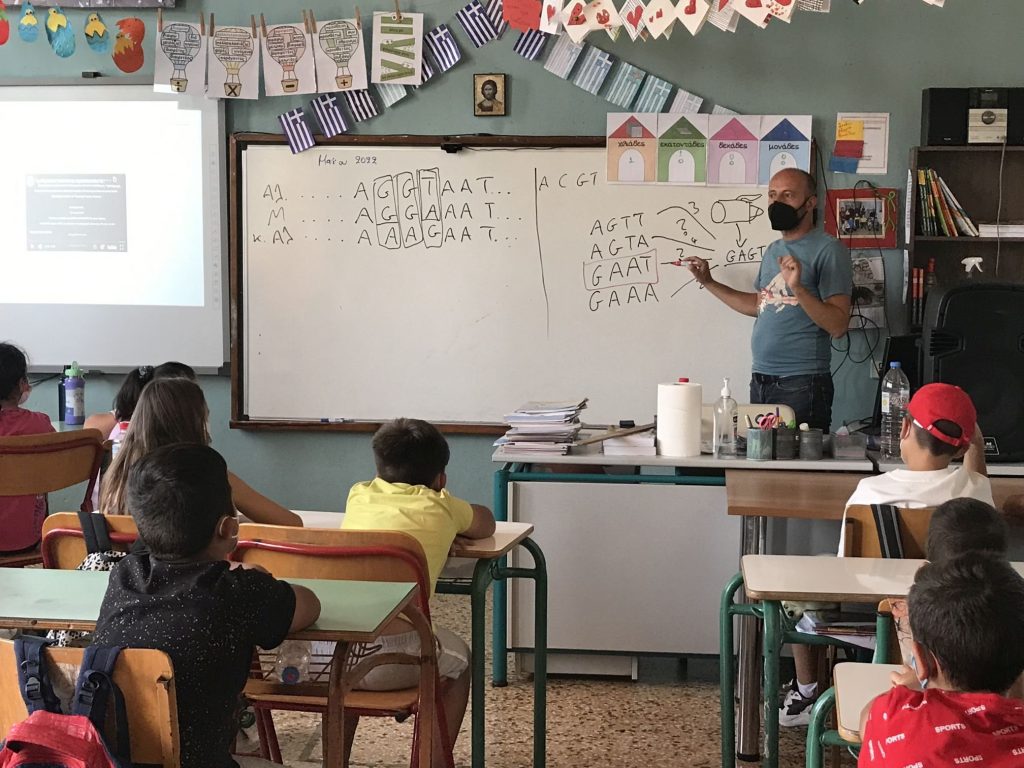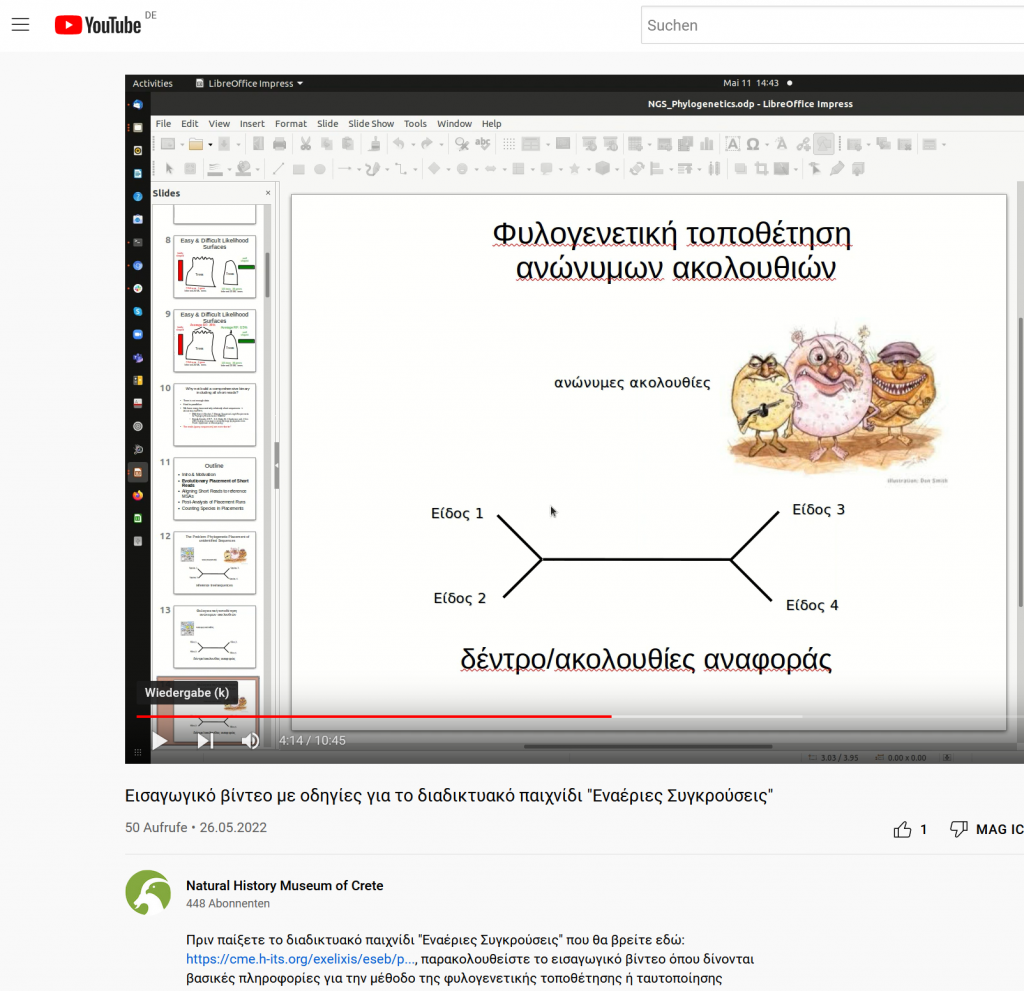A living lab of evolutionary biology
“The Aegean archipelago” is designed to help schoolkids play games to better understand that life forms on Earth have changed over time. To this end, the Computational Molecular Evolution (CME) group at HITS, together with partners from Greece, Germany and the USA, have developed an online game, a board game and a card game in English and Greek.

Life has emerged and changed by evolution: As adults, we (should) know this because we learned it in biology. But how can children learn it? HITS scientists from the Computational Molecular Evolution (CME) group have developed an online game that, together with a board game and a card game, will help elementary school students understand how life on Earth has changed over time. The games were developed by the HITS scientists in collaboration with colleagues at the Natural History Museum of Crete, the University of Crete (both Greece), the Karlsruhe Institute of Technology (KIT), the Technical University of Munich (both Germany), and an the Carnegie Institutes of Science in Stanford (USA).
The project was funded by the European Society of Evolutionary Biology, and its subject is the Aegean Archipelago which is a living laboratory of evolutionary biology.
The educational package consists of three games: a board game entitled “Giants and Dwarfs”, an overseas card game entitled “Settlers of the Aegean” and an online game entitled “Aerial Collisions” that focuses on the evolutionary relationships between (bird) species that can be represented as trees. Through these games, children are introduced to the concept of DNA and the genetic code that determines the characteristics of each organism.
The aim of the games is to help children understand that landscapes as we know them today were not always like this and are subject to constant change. Also, that our planet has existed and will continue to exist for a long time, but life on it is changing: species disappear and others take their place and evolve, in a perpetual cycle of extinctions and speciations.
The entire material can be downloaded free of charge from the Natural History Museum of Crete page: https://www.nhmc.uoc.gr/el/education/educational-packets
More Information on the outreach activities of the CME group here: https://cme.h-its.org/exelixis/outreach.html
Scientific contact:
Prof. Dr. Alexandros Stamatakis
Group leader, Computational Molecular Evolution group
Heidelberg Institute for Theoretical Studies (HITS)
https://www.h-its.org/people/prof-dr-alexandros-stamatakis/
About HITS
HITS, the Heidelberg Institute for Theoretical Studies, was established in 2010 by physicist and SAP co-founder Klaus Tschira (1940-2015) and the Klaus Tschira Foundation as a private, non-profit research institute. HITS conducts basic research in the natural, mathematical, and computer sciences. Major research directions include complex simulations across scales, making sense of data, and enabling science via computational research. Application areas range from molecular biology to astrophysics. An essential characteristic of the Institute is interdisciplinarity, implemented in numerous cross-group and cross-disciplinary projects. The base funding of HITS is provided by the Klaus Tschira Foundation.
